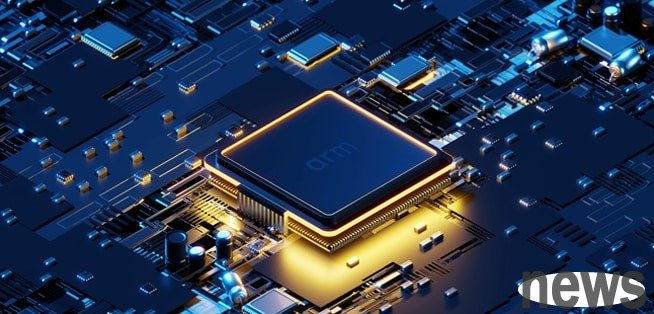For years, x86 processors from AMD and Intel have been viewed as solid choices in cloud computing. Although Arm architecture has successfully disrupted the mobile device and edge computing markets with its high efficiency, x86 still maintains its do...

For years, x86 processors from AMD and Intel have been viewed as solid choices in cloud computing. Although Arm architecture has successfully disrupted the mobile device and edge computing markets with its high efficiency, x86 still maintains its dominance in the data center performance competition. However, those days are over. In data center computing, the performance gap has been completely overturned.
The latest market analysis shows that the performance landscape of cloud computing has undergone a decisive change. Test unit Signal65 pointed out in a newly released analysis report that AWS's Graviton4 chip using Arm Neoverse architecture not only leads competitors in terms of cost performance, but also significantly surpasses x86 alternatives from AMD EPYC and Intel Xeon in overall performance across enterprise-class workloads.
According to foreign media The Register citing Signal65 test data, AWS Graviton4 instances were compared with comparable AMD EPYC and Intel Xeon configurations. The test covered four key data center work execution environments, including large language model (LLM) inference, machine learning (ML) training and inference, database operations, and web services. The test results clearly depict the dilemma of x86's difficulty in maintaining a competitive position in modern cloud environments.
In the LLM test, Graviton4 used the Meta Llama 3.1 8B model, showing Arm's huge performance advantage in all Llama inference tests. Signal65 noted in the report that this consistent performance advantage shows significant architectural differentiation and establishes Arm as a practical choice for CPU-based AI deployment that can meet the requirements of a variety of models and use cases. And, surprisingly, even in network workloads where x86 has traditionally dominated, the Arm architecture still showed strong performance in tests using Nginx. The Signal65 report concludes that these impressive performance and cost characteristics highlight the changing cloud infrastructure landscape and establish Arm as the leading option for organizations deploying AWS EC2 instances.
The report stated that the timing of the release of these test results coincides with a key turning point in the data center processor market. Arm estimates that by 2025, half of the computing power delivered to hyperscale cloud computing providers will be based on Arm architecture, representing a dramatic shift from decades of x86-dominated data centers.
In addition, the world's leading hyperscale cloud computing providers are increasingly inclined to design their own Arm architecture chips. These chips are built on a consistent foundation of Arm architecture, such as Axion for Google Cloud, Cobalt for Microsoft Azure, and the Graviton family for AWS, and these developments convey a clear commitment to the Arm platform. Additionally, NVIDIA’s Grace Blackwell superchip combines its Blackwell GPUs with Arm Neoverse-based Grace CPUs to power some of the world’s most powerful AI servers and supercomputers.
The report emphasized that the most striking thing about the Signal65 test results is its consistency in various different work executions. This is not just a case where Arm excels in a narrow use case; rather, these performance advantages appear to be fundamental to Arm's architectural design philosophy. Especially as AI work execution increasingly becomes the core of cloud operations, the energy efficiency advantages demonstrated by Arm-based processors may be decisive. Data center operators are under pressure from rising power consumption and operating costs. The combination of transparent performance and higher efficiency presents an attractive business case for enterprises.
In addition, Signal65 test findings pose increasingly severe challenges for x86 vendors. Because more than 90% of enterprises are running in the cloud, and as AI continues to drive the transformation of traditional enterprise computing environments toward cloud-like technology stacks, enterprises are gradually moving away from traditional off-the-shelf CPUs in order to take advantage of hybrid or multi-cloud environments. So by leveraging the architectural advantages of Arm Neoverse CPUs, organizations can realize measurable gains in cost efficiencies and performance to help meet traditional and emerging workload execution requirements.
Now, the challenge for x86 vendors is no longer whether they can match Arm’s performance in a single benchmark, but whether they can fundamentally restructure their approach to compete in this efficiency-first, AI-driven data center world. And Signal65's results hint that the challenge may be more daunting than previously thought.